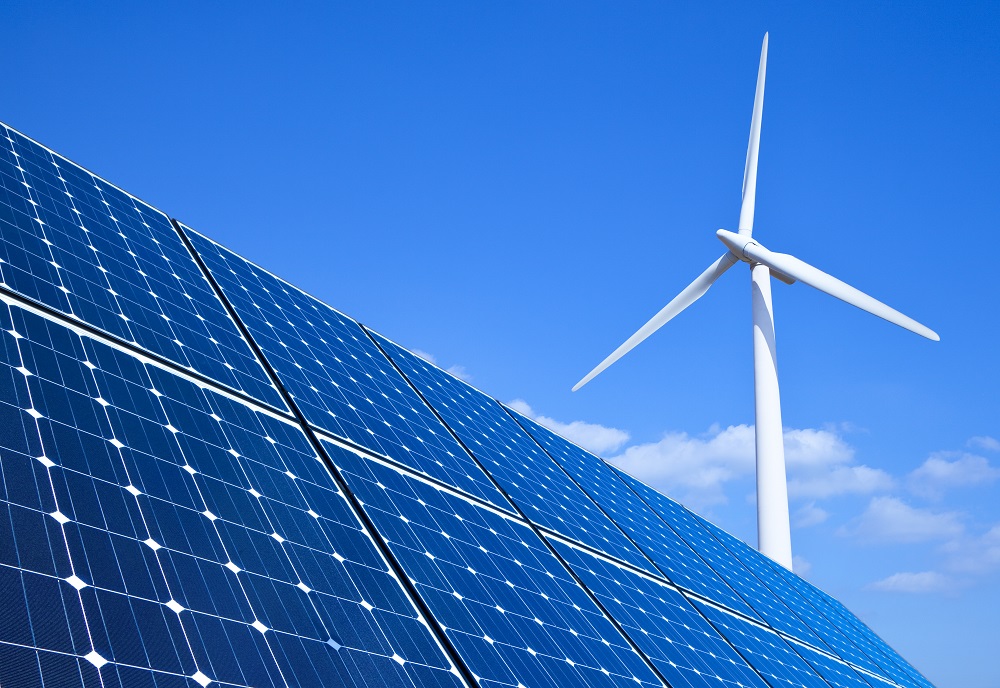As the name suggests, energy storage systems involve capturing energy or electricity, whether from renewable or non-renewable sources, and storing it for later use.
Energy storage solutions enable the integration of renewable sources of energy such as solar and wind power into the electricity grid. The electricity grid is an electrical power system that distributes electricity from electricity-producing stations to homes and businesses.
An electricity grid needs to have a stable supply of energy so that it can meet the demands of consumers. At times when the demand for electricity increases, energy storage solutions will supply the needed energy to cope with the demand.
Here’s a closer look at the benefits of energy storage solutions:
Sustainability
Energy storage is a valuable tool in saving the environment. By storing energy from renewable sources, energy storage solutions help minimise the use of energy from the grid. Energy storage systems, such as batteries do not produce emissions so they can be installed in a facility without causing negative impact on air quality or the environment.
Cost-Saving

Energy storage solutions enable companies to store energy during the day and utilise stored energy at night or during off-peak times. This reduces electricity consumption, which may result in lower energy utility costs. When paired with technology, energy storage systems can identify if there is a need to dispense stored energy during peaks in demand.
Emergency Back-Up
Energy storage systems ensure that companies have backup source of power in case power outages or blackouts occur. During unforeseen events, companies can use stored energy so core business operation will not be interrupted.
Below are the common types of energy storage systems.
Batteries
Batteries have large-scale storage potential. They can store multiple megawatt hours so they can be used to support a whole electric grid. Battery storage comes in many different forms including, lithium-ion, flow, lead-acid and sodium.
Thermal
Thermal energy storage uses heating and cooling methods in storing and transferring energy. Energy is captured from the sun using solar panels and then stored in water, molten salts or other fluids. The stored energy is later used to generate electricity.
Flywheels
Flywheels are mechanical systems that store power in the form of kinetic energy. Rotors spin when electricity fluctuates or goes down, hence converting kinetic energy into electricity.
Compressed Air
Compressed air energy storage is typically located in a natural underground structure. During times of demand, the compressed air, usually mixed with natural gas, is drawn from storage in a combustion turbine to generate electricity.
Pumped Hydro Storage
Pumped hydro storage is the most common form of energy storage systems on the grid. Using excess electricity, turbines of pump hydroelectric facilities pump water to an elevated reservoir during off-peak hours. When the demand for electricity increases, the reservoir is opened to release stored water through the turbines and generate electricity.
Energy storage systems allow companies to save on energy utilisation costs and gain grid independence. With a variety of energy storage options to choose from, companies can select which one best suits their operational requirements.
Read more at Interhuss.
